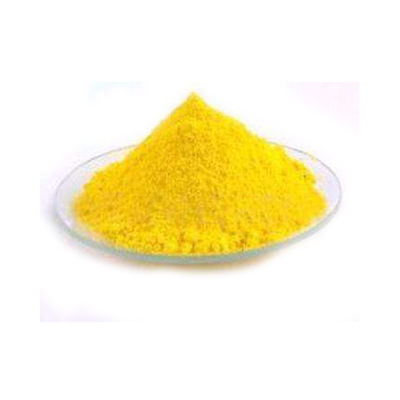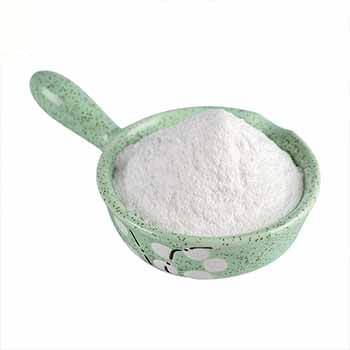Industrialization of Trehalose
Industrialization of Trehalose
Trehalose is a stable non-reducing disaccharide consisting of two glucose molecules with an α, α, 1, 1-glycosidic bond. Trehalose was originally extracted from the ergot fungus of rye and was subsequently found to be widespread in natural flora, fauna and microorganisms, especially in fungi, algae, mosses and invertebrates. Trehalose is white crystal, a molecule of trehalose contains two molecules of crystal water, soluble in water, glacial acetic acid and hot ethanol, insoluble in ether, acetone. When heated to 130℃, trehalose loses crystal water and becomes anhydrous.
Trehalose has a magical protective effect on organisms: it can form a unique protective film on cell surface under harsh conditions such as high temperature, high cold, high osmotic pressure and dry water loss, effectively protecting cells, protein molecules and other invariable inactivation. Other sugars in nature, such as sucrose and glucose, do not have this function, so trehalose is also known as the “sugar of life” in the scientific community.
Trehalose widely exists in lower ferns, algae, bacteria, fungi, yeasts, insects and invertebrates, especially in yeast, mold and other fungi, the content can be as high as 20% of the dry weight of the organism. How to extract and utilize it, and even realize large-scale industrial production, people have done a lot of research work.
At present, the preparation methods of trehalose include chemical synthesis, microbial extraction, microbial fermentation, enzyme synthesis, gene engineering and so on.
Microbial extraction method
With yeast, lactic acid bacteria, mold and other microorganisms containing trehalose as the extraction source, firstly, by changing the growth conditions of microorganisms, the accumulation of more trehalose in their bodies, and then using appropriate methods to extract trehalose. The production cycle of trehalose by microbial extraction is long, the extraction rate is low, the cost is high, and it is difficult to achieve large-scale industrial production.
Microbial fermentation method
Trehalose was produced by microbial fermentation and then extracted and purified from fermentation broth. The key is to select strains with high trehalose yield by mutagenesis, cell fusion and gene recombination. Ajinomoto Co., LTD., in Japan, produces trehalose in large quantities by in vitro culture of amino acid producing bacteria, which has achieved industrial production, but this method has low conversion rate and many by-products.
Enzyme synthesis
Glucose, maltose, starch as substrate, three methods, but there are energy consumption, and phosphorylase instability and other problems, so it is difficult to achieve industrial production.
Genetic engineering
By introducing trehalose synthase gene into plants or microorganisms, trehalose can be produced by engineering microorganisms or transgenic plants.
Chemical synthesis
Ethylene oxide addition is formed between 2,3,4, 6-tetraacetyl glucose and 3,4, 6-triacetyl -1, 2-dehydrate-d-glucose. The disadvantages of this method for preparing trehalose are low yield and difficult separation, and it is still in the research stage.




